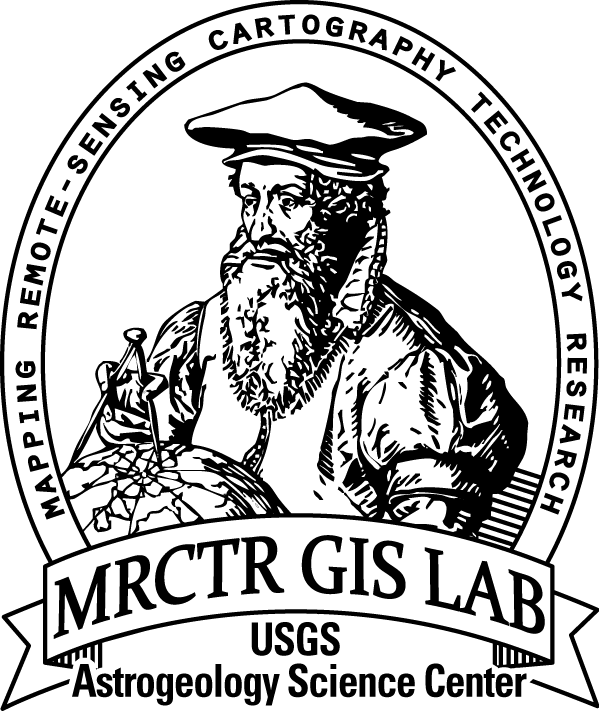Sols 1620-1622: A weekend full of remote sensing
24 February 2017On Sol 1619, MAHLI experienced a fault and did not finish its planned imaging, so unfortunately the subsequent arm and mobility activities did not execute. That means that the weekend plan is devoted to MAHLI recovery activities and a lot of remote sensing. I was the GSTL today, and although it was a challenging start to the day, we were able to put together a very full plan. The first sol starts by retracting the arm. Then Curiosity will acquire several environmental monitoring observations to measure atmospheric opacity and characterize spectral properties. ChemCam will then assess the composition of typical bedrock and veins, at targets “Chase Brook,” “Aziscohos,” and “Chandler Ridge.” On the second sol, Curiosity will wake up early for environmental monitoring, including a ChemCam passive sky observation, Mastcam tau, Mastcam crater rim extinction observation, and several Navcam movies to look for clouds. Later in the afternoon, ChemCam will assess the composition of a ripple crest at the target “Depot Mountain,” followed by another passive sky and Mastcam tau. Overnight, SAM will conduct an electrical baseline test to monitor instrument health, and on the third sol, APXS will carry out a thermal characterization test. Throughout the plan Mastcam and MARDI will acquire a number of images to monitor the movement of sand. So I guess the day turned into a bonus plan for the second stop at the Bagnold Dunes, enabling a lot of change detection activities!
By Lauren Edgar
--Lauren is a Research Geologist at the USGS Astrogeology Science Center and a member of the MSL science team.
Dates of planned rover activities described in these reports are subject to change due to a variety of factors related to the Martian environment, communication relays and rover status.










